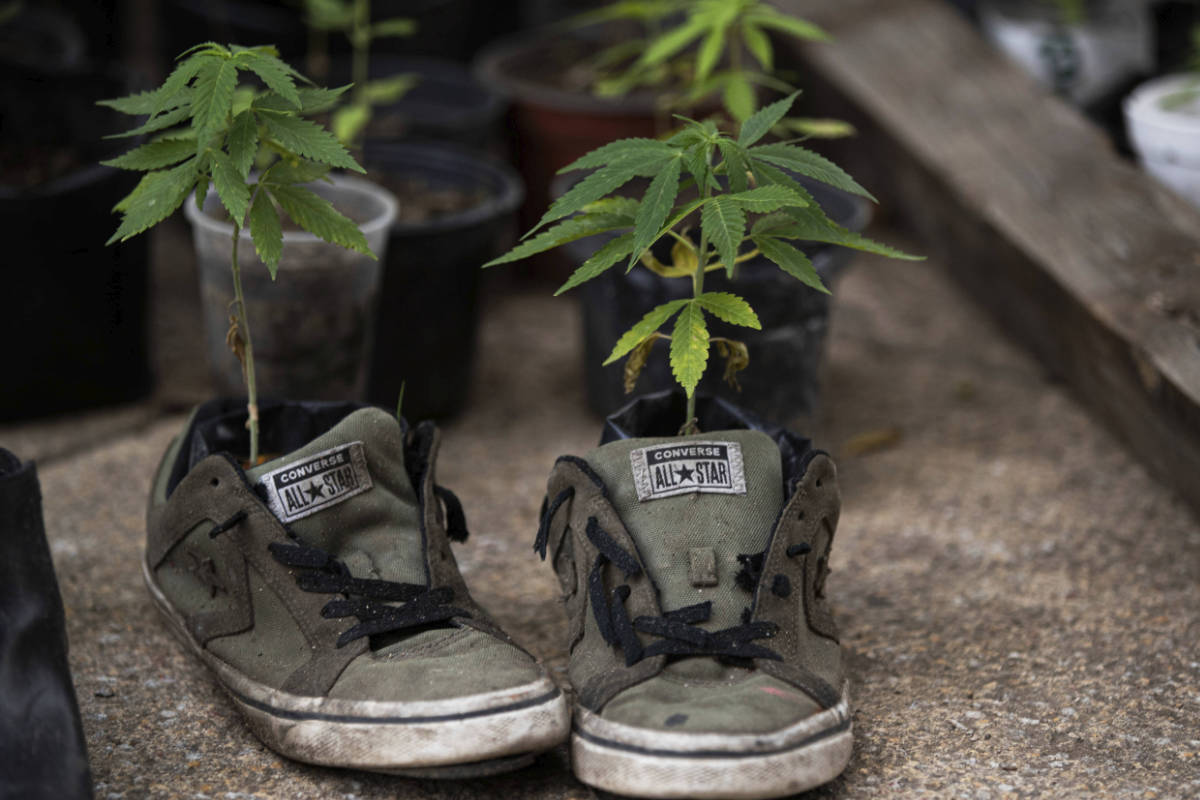Months before the fall semester began at Bridge Way School in Philadelphia — one of just two Pennsylvania high schools for students recovering from a substance use disorder —Rebecca Bonner’s mind was made up: If it was possible to do so safely, the school had to open for in-person classes.
Bonner, Bridge Way’s founder and administrator, had spent the spring trying to help some of the region’s most vulnerable students stay on track amid the stress and fear brought on by the COVID-19 pandemic. The 10 students at Bridge Way are all in early sobriety, and have struggled with addictions including heroin, methamphetamines and alcohol.
For them, having a daily routine in a curriculum that integrates recovery with a traditional high school education has been life-saving.
“They’re isolated, usually they’ve had issues in school, and they need the daily accountability of showing up at school,” Bonner said. And when the school had to move to online classes to prevent the spread of the virus in mid-March, “they just didn’t have that.”
The pressure was too much for some. One student had to delay graduation a semester. Two others relapsed.
“I’m shocked it wasn’t all of them,” Bonner said.
Though data is still scarce, anecdotal evidence from around the country suggests that the months-long lockdowns necessary to slow the spread of COVID-19 have been particularly difficult for adults with substance use disorders. Overdoses are on the rise. So are reports of people turning to substance use to cope with stress and isolation.
The same appears to hold true for teenagers. Data from the Centers for Disease Control and Prevention show that substance use has increased among all age groups during the pandemic. And a study published in the Journal of Adolescent Health this month that surveyed Canadian teenagers about alcohol use, binge drinking, pot use and vaping found that alcohol and cannabis use increased among the study’s participants in the three weeks after lockdowns began in their communities.
“The isolation has scared a lot of people —for anyone, the unknown is very scary, and teens and adolescents, the unknown has scared them,” said Latrice Mason, a therapist who specializes in substance use disorders among teenagers. “They’re looking for an escape, something that helps them feel good, because socialization has been a big part of their lives, and that’s not true anymore.”
Parents who worry their teenagers might be turning to alcohol or drugs to cope with the pandemic should speak frankly about substance use with their children, said Lizzy McCarron, the director of Newport Healthcare’s Center for Families in Malvern.
“The increased time at home due to the pandemic presents a great opportunity to have an open dialogue with your teen about alcohol and drug use and the dangers,” she said.
Social distancing measures during the pandemic paradoxically have made some aspects of drug treatment and counseling easier to find, said Anton Bizzell, a physician and former medical officer in the federal Substance Abuse and Mental Health Services Administration.
Relaxed restrictions around telemedicine allow parents and teenagers to access a wider array of clinicians and psychologists who can treat addiction. “You were limited to people in your area prior to COVID,” he said. “Now you’re able to visit someone in California.”
But Mason also pointed out that for teenagers in the early stages of recovery, telemedicine may not be as effective as seeing therapists and physicians in person.
“We want to see someone face to face to observe the emotions that they’re sharing,” she said. “With telehealth, you don’t get that same experience.”
For teenagers who already were struggling with an addiction, pandemic lockdowns forced them into conditions that seemed almost designed to trigger a relapse.
At Bridge Way, staff did all they could to support students, Bonner said. Teachers checked in with their students daily, even on the weekends. They helped teens who were active in 12-step programs adjust to meetings on Zoom and phone calls from their sponsors.
“COVID-19 was such a hard hit, but in some ways, it really underscored the value of a recovery high school and the kind of supports we provide our kids. When two did relapse, we got them back on track,” Bonner said.
Katie Cardone, who coordinates Bridge Way’s after-school programs, had to scramble to engage students online instead of in-person, and sent care packages to boost their spirits.
“When kids aren’t in school —usually summer —that’s the most vulnerable time for them,” she said. “How we’ve been able to bring kids in is to offer fun, social, recreational activities. We couldn’t do that with COVID. It was like, let’s do a Zoom and play virtual Taboo. These are teenagers. That’s not fun for them.”
With just five students signed up for the fall semester, Bridge Way administrators felt it was possible to safely socially distance during in-person classes this month. No more than 25 people will be inside school facilities at a given time; the school, which is tuition-free, can take on up to 11 more students this semester, Bonner said.
Students are expected to fill out surveys detailing their activities on weekends, and staffers will monitor students for COVID-19 symptoms daily. Everyone in the building will wear a mask.
“If we go back to the red zone, all bets are off,” Bonner said. “But we worked all summer strategizing how to keep our schools open in the fall. Kids in early recovery just really need the daily structure of school.”

